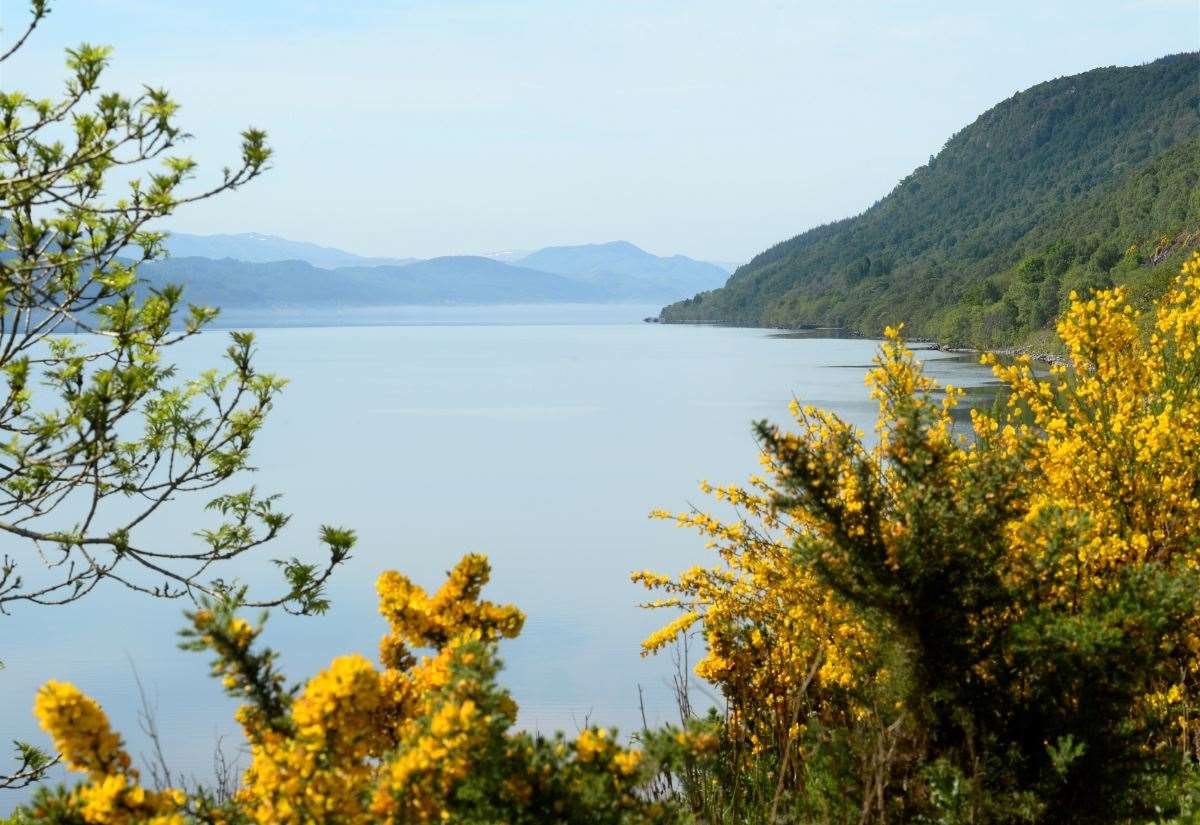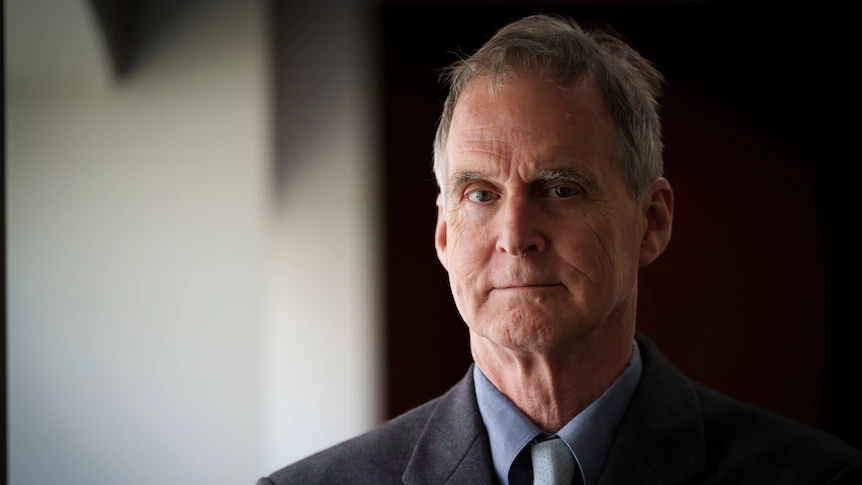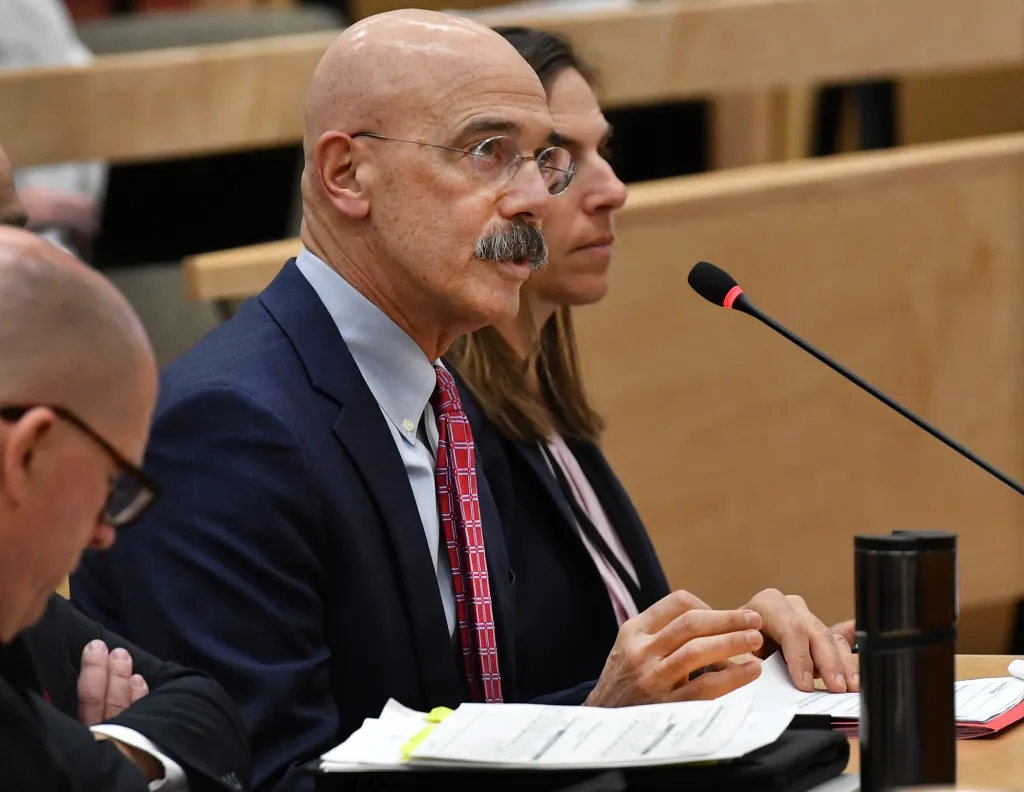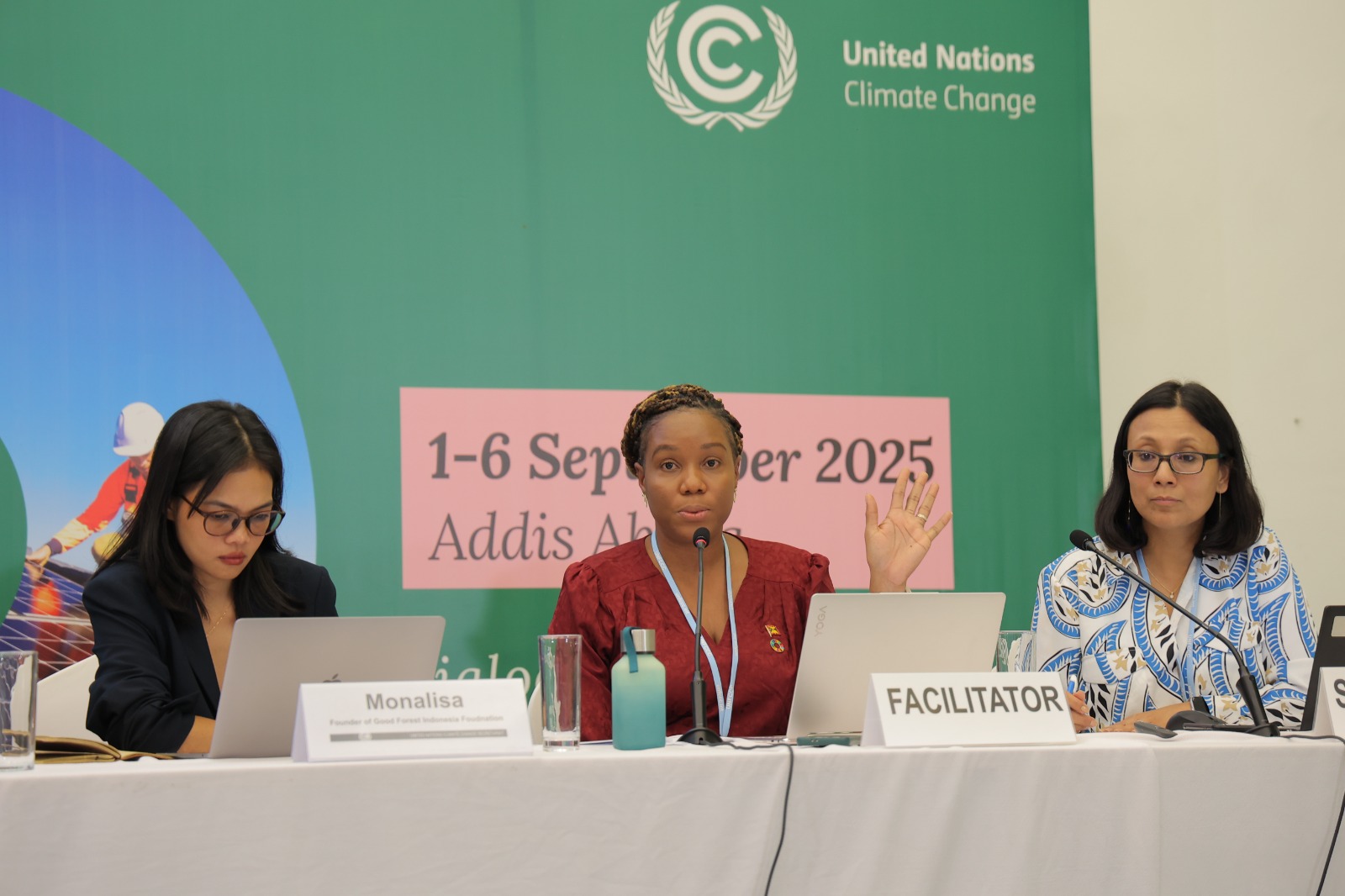By Gregor White
Copyright inverness-courier

A Scottish rewilding organisation has lodged a formal objection to a proposed multimillion-pound pumped storage hydro scheme that would utilise the waters of Loch Ness to generate power.
Highlands Rewilding founder and chief executive Dr Jeremy Leggett claimed the Glen Earrach plans “give renewable energy a bad name” and added: “They threaten to draw down Loch Ness on an industrial scale, placing salmon, fragile habitats, and the tourism economy at risk.”
The firm argues that “inadequate” environmental surveys have failed to capture the true ecological impact of the proposed scheme.
Glen Earrach Energy (GEE) says its 2GW pumped storage hydro scheme would be one of the UK’s largest and most efficient energy storage schemes.
Located on the Balmacaan Estate, it would pump water between Loch Ness and Loch nam Breac Dearga on its northern side.
Mr Leggett said: “Scotland’s path to net-zero must not come at the expense of its greatest natural treasures.
“This stands out as exemplifying a UK energy policy favouring big engineering over efficiency and distributed renewables. We must choose technologies that accelerate climate solutions while enhancing biodiversity and protecting iconic landscapes.
“That is the true test of responsible energy transition. On that test, Glen Earrach fails.”
According to its website Highlands Rewilding began with Solarsanctuary, a company 100 per cent owned by Mr Leggett, incorporated in 2019 as a vehicle for purchasing land for rewilding in the Highlands.
It purchased most of Bunloit Estate, near Drumnadrochit, to be operated as an “outdoor natural capital laboratory”.
Detailing its objection the firm says that the project’s own documentation suggest weekly water fluctuations caused by it, along with four other consented hydro schemes, will regularly exceed a 0.5 metre threshold during peak months.
“When this happens, research suggests that invertebrate communities will be significantly and negatively impacted,” they state.
“Glen Earrach’s prediction that the impact of the fluctuations in water at Loch Ness will be ‘minor’ is based on inadequate surveys. The developer’s Environmental Impact Assessment Report is based on surveys at only 12 sampling locations along the entire 80km shore of Loch Ness; too few to reveal which species would be affected.
“Highlands Rewilding’s two eDNA (environmental DNA) surveys revealed DNA from 41 named invertebrate species in water samples from the loch, only seven of which were found in the Glen Earrach surveys.
“Several of these species are rare, including two nationally scarce species (mayfly Ameletus inopinatus and caddisfly Apatania wallengreni).
“Highlands Rewilding have also identified freshwater lampreys, where Grotaig Burn meets Loch Ness, but these rare fish were not found by the Glen Earrach surveys.
“These changes in water levels could have further devastating impacts on the fragile and complex ecology of Loch Ness through impacts to the thermal stratification, disrupting a currently stable thermocline (a distinct layer where the temperature changes rapidly with depth) of the loch.
“The project will further destroy 81.3 hectares of blanket bog and cause the ecological destruction of Loch nam Breac Dearga, an almost pristine 24 hectare mountain loch supporting protected otters, water voles, and rare montane plants including the endangered Whortle-leaved Willow, Alpine Bistort, and Cloudberry.
“Ancient woodland near Loch Ness will be removed despite supporting multiple bat species, yet no bat surveys have been conducted within this habitat.”
The organisation also questions seismic risk assessments, given the project’s location on the Great Glen fault line, and raises flood risks to Inverness from modifications to the loch’s weir system.
Previously both the Ness District Salmon Fishery Board and Scottish Environment Protection Agency (SEPA) have raised concerns about the potential impact of the project.
Save Loch Ness, a group of residents, business owners and loch users, has also raised concerns about the scheme, along with tourism business Jacobite Cruises and Stratherrick and Foyers Community Council.
The project is currently with the Scottish Government’s Energy Consents Unit for consideration.
A spokesperson for Glen Earrach Energy (GEE) robustly defended the scheme and its environmental modellings in the face of Highlands Rewilding’s objection.
They stated: “Glen Earrach’s independent modelling shows average daily changes in water levels of around 16cm, with a maximum of 52cm only on a handful of days each year.
“Maximum hourly changes are just two to three centimetres and strict stop rules determined by SEPA are in place to protect the loch.
“On ecology, our application contains extensive chapters on terrestrial environments and ornithology, with survey effort in line with NatureScot guidance. To suggest our assessment relied on just 12 shoreline sites is misleading. We have submitted the full suite of surveys that regulators require, including protected species and hydrodynamic modelling, all of which are open to public scrutiny.
“Concerns raised about geological risk misunderstand how these matters are addressed.
“Ground conditions and tunnelling design are being assessed by experienced contractors and geotechnical experts. These issues are not part of the Environmental Impact Assessment, but that does not mean they are being ignored.
“Seismic and tunnelling risk is a core part of engineering design and has been under consideration from the outset. Our project lies on the north side of the Great Glen fault and benefits from very favourable bedrock, predominantly moine and psammite. These metamorphic and semi-metamorphic rocks are well-suited to tunnelling and cavern excavation. This has been proven over decades through the successful construction of other deep underground hydro schemes just a few kilometres further south in similar rock.”
And they added: “We also believe this project can complement rewilding ambitions in the Highlands rather than work against them. Alongside clean energy, Glen Earrach will deliver extensive habitat restoration through large-scale peatland recovery and the planting of native woodlands, creating real environmental gains for the area.
“Claims based on eDNA also need to be put in context. Environmental DNA is a useful complementary tool, but it is not a substitute for conventional field surveys. It cannot tell you abundance and it can pick up traces transported from elsewhere. That is why regulators require multiple lines of evidence rather than a single test.
“We are equally clear on other points. Under Glen Earrach’s proposals, there will be no permanent raising of Dochfour Weir. A peatland restoration commitment of 10 to one will ensure far more habitat is restored than is affected. We have also undertaken further scientific work, including a detailed salmon smolt tracking study, which will be repeated over many years and thermocline monitoring, to make sure our operations adapt to protect the loch’s ecology.”
And they concluded: “Glen Earrach represents a £3 billion investment that will help unlock clean power across Scotland, cutting bills, reducing reliance on gas and improving security of supply. It will deliver thousands of jobs during construction, long term local employment, and an independent Community Wealth Fund run by the local community worth many hundreds of millions over the life of the project. We recently hosted a roundtable focused on the environment, exploring how the Fund can support environmental projects that matter to local people.
“This project is rooted in care for the land and the future. The landowner brought it forward because they believe it is possible to respect the environment and communities while delivering the infrastructure Scotland needs. Net zero is not an abstract target. It is about whether families can afford their bills, whether communities have jobs, and whether the natural world we pass on to the next generation is thriving or diminished. Glen Earrach is our contribution to that mission, protecting what is precious while building what the future demands. Public debate deserves clarity. We have put the facts and modelling on record and we will continue to be judged on evidence. That is what responsible development looks like.”
Do you want to respond to this article? If so, click here to submit your thoughts and they may be published in print.



